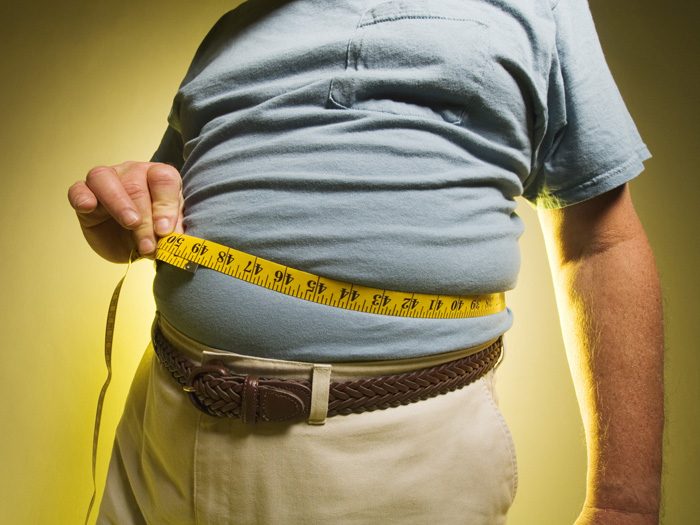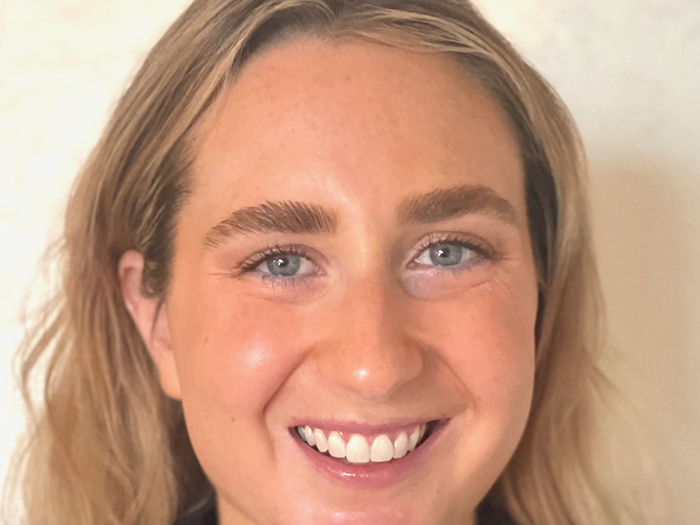Ergonomic Exposures
Obesity a Missing Factor in Ergonomics

New research is showing how obesity can impact workers’ capacity to perform certain tasks, highlighting the need to rethink and redesign the tools and methods being used to establish ergonomic guidelines.
As it stands now, the ergonomic tools and procedures in place to safeguard worker behavior and safety were designed using worker populations that tended to be more fit, said Ranjana Mehta, assistant professor at Texas A&M University in College Station, Texas, and lead author of the study, “Relationship Between BMI and Fatigability Is Task Dependent,” in the journal Human Factors.
“When we look at how they are designed, most take into account work parameters, such as how heavy the load a worker may be lifting, and how often they may be doing it each day,” Mehta said.
“These tools can then help compare the demands of the work tasks with the worker’s capacity, such as their strength, endurance, and range of motion. These comparisons can provide some insight on the risks these work activities may pose on the workers.”
However, worker capacity can differ based on several personal factors, such as age, gender, and obesity, she said. While some ergonomic tools have been developed or later revised to account for gender and age, none have addressed obesity.
Most of the worker capacity and tool development studies — some as old as three decades — were based on small sets of worker pools, with little to no information on the fitness of the workers involved in the studies, Mehta said.
While some ergonomic tools have been developed or later revised to account for gender and age, none have addressed obesity.
A majority of data on strength and range of motion are based primarily on young male military personnel, and those are outliers for the working population as it stands today.
“We are now experiencing an obesity epidemic, and so we have to think in terms of the demands of work and the worker’s capacity to do that work — and how that capacity is altered now that two-thirds of the working population are overweight and obese,” she said.
The study by Mehta and her team, along with University of Buffalo researchers, found that normal-weight subjects had higher endurance on grip, shoulder flexion and trunk extension tests compared with the individuals who were overweight or obese.
These results show that obesity has a substantial negative effect on muscular endurance, particularly in the large postural muscles of the shoulder and the lower back, and that the effects were most significant at lower work-intensity levels — all of which points to a need for ergonomics research to focus more on overweight and obese individuals in the workforce.
“This research was the first step toward strengthening the rationale to create a new database of worker capacity, so that new ergonomic tools can be developed and existing ergonomic tools can be revised,” Mehta said.
Scott Smith, leader of Aon’s Ergonomics practice in Irvine, Calif., said that it’s also challenging to use 1980s-era ergonomics assessment methods — developed and validated on a much younger workforce — because the population has aged, in addition to many becoming obese.
“Tools like the 91 NIOSH Lifting Guideline are over 20 years old and some parameters like horizontal distance are difficult to apply to workers that are overweight or obese,” Smith said.
For example, the 91 NIOSH lifting guideline states that the maximum horizontal distance that a person should keep a box away from their midsection is 25 inches, Smith said. However, a person with a 40-inch waist or more may not be able to keep a box 25 inches away from their midsection.
However, there are more advanced biomechanical computer models for material handling type assessments in which companies can input specific height and weight for a single person, and that can provide a more specific analysis of how lifting something affects that person, he said.
“With a biomechanical model, a company can determine the specific risk profile for a person with a body mass index less than 20, and another risk profile for person that has the same height, but with a BMI of over 30,” he said.
Biomechanical models, like the one developed by the University of Michigan Center for Ergonomics, are readily available for a cost, Smith said. However, the challenge is that biomechanical models are just a snapshot in time, a static model.
“What these researchers are trying to look at are the dynamic effects of obesity on muscle forces, which is what workers are really doing — they don’t work in a static model, but more dynamically,” he said.
“There’s a need to look at how we address changes in risk factors and workstation design guideline issues that haven’t been addressed in the last 30 years, not just for the obese, but also the aging population.”
The ergonomics group at Aon has developed and uses updated ergonomics assessment tools and advanced Human 3D CAD software programs to assist clients in understanding these types of risk factors as well as at-work ergonomics program activities to resolve issues that have led to soft-tissue workers’ comp claims, Smith said.
“Aon’s team works with our clients to become more proactive with ergonomics to prevent soft tissue injuries, by leveraging more of a human performance approach to employee safety — versus a reactive approach that only addresses current injuries and their costs,” he said.












